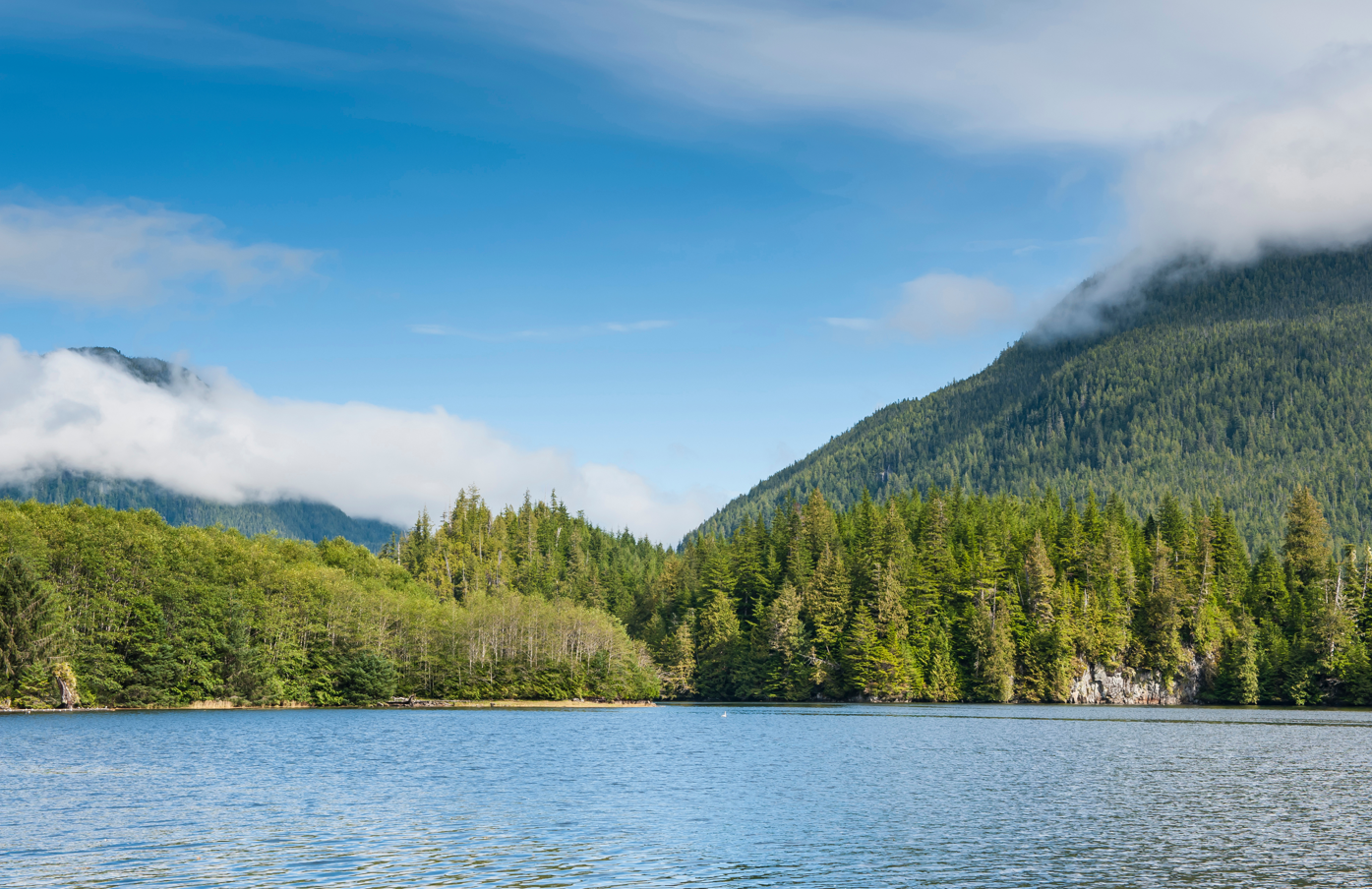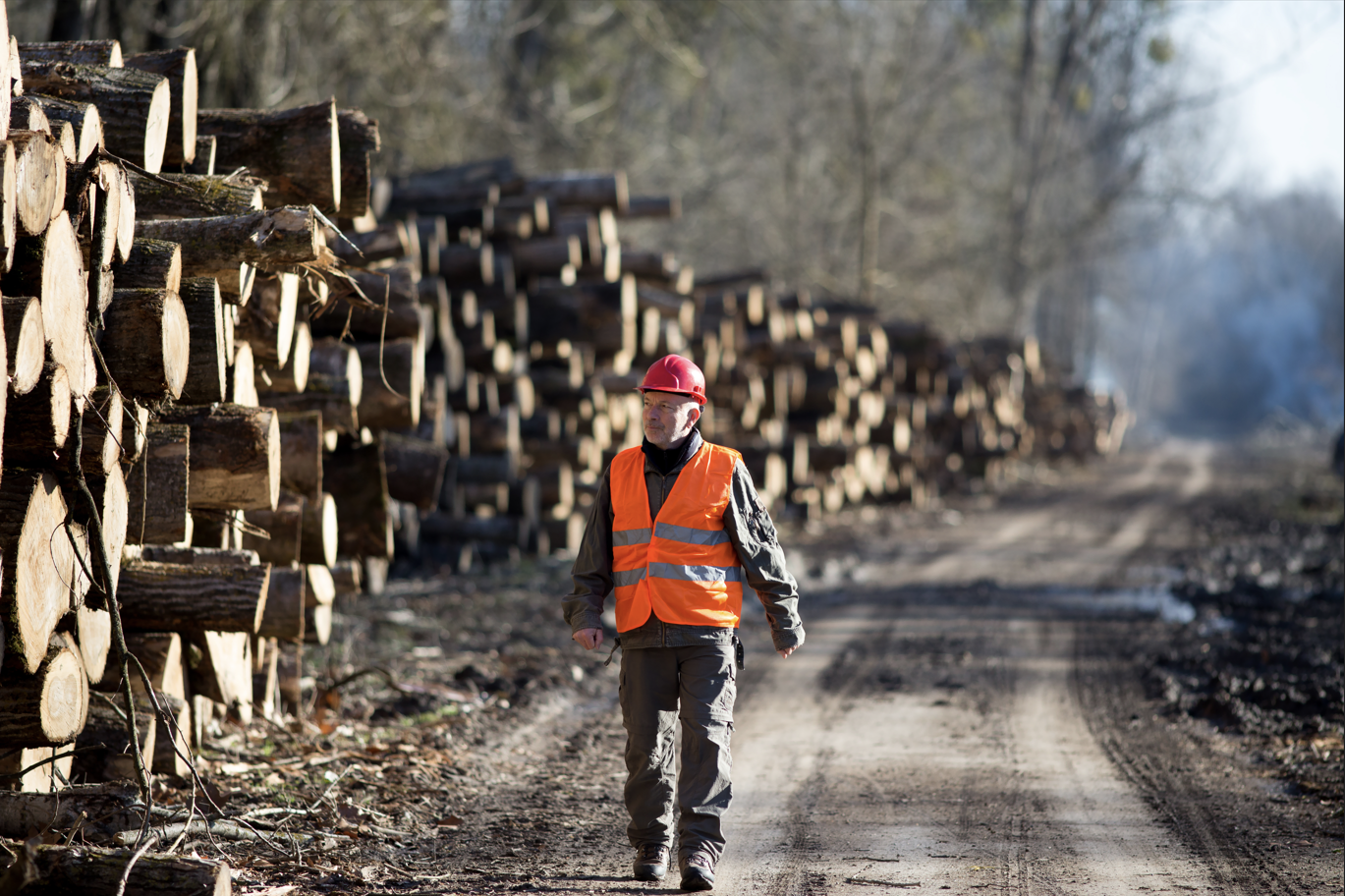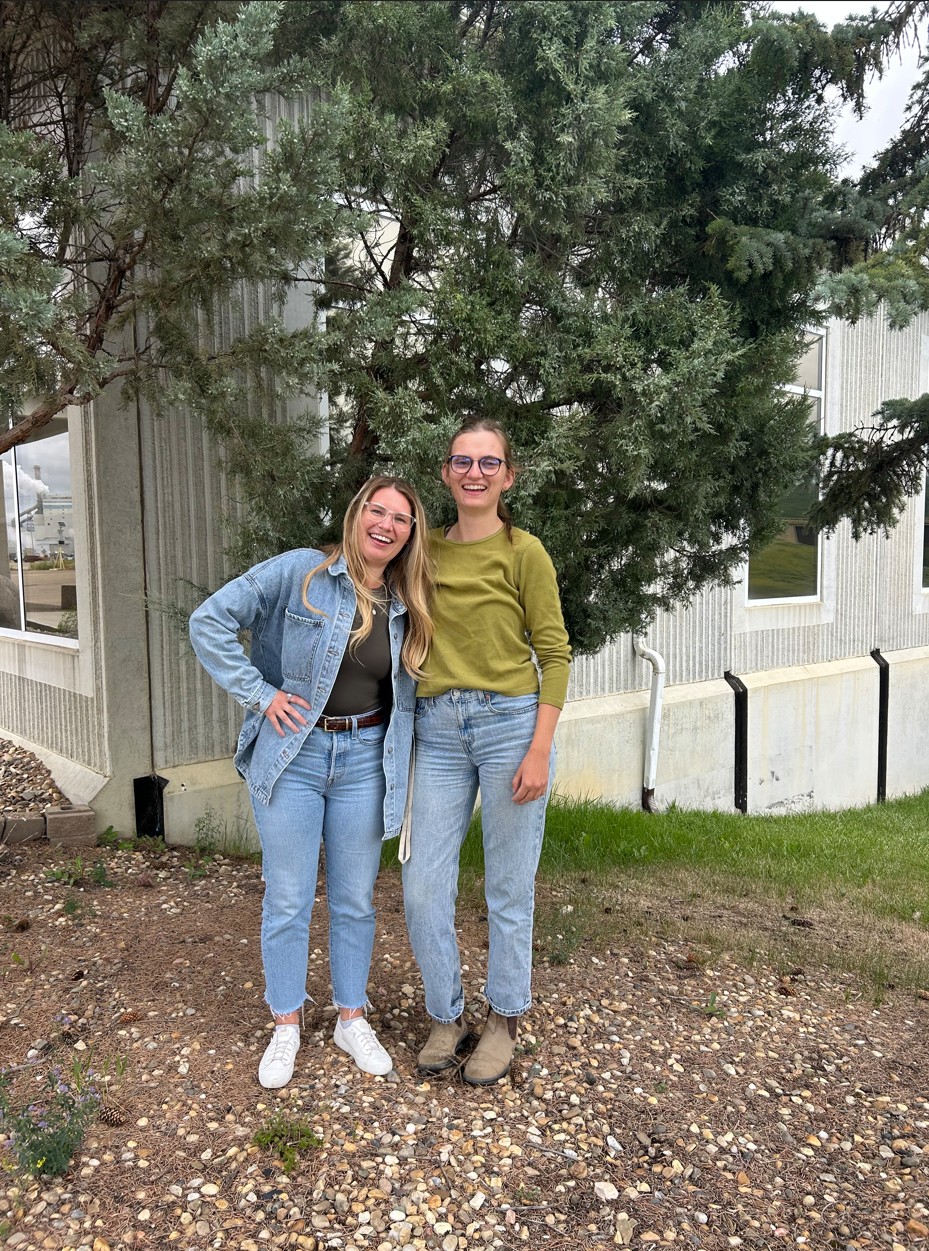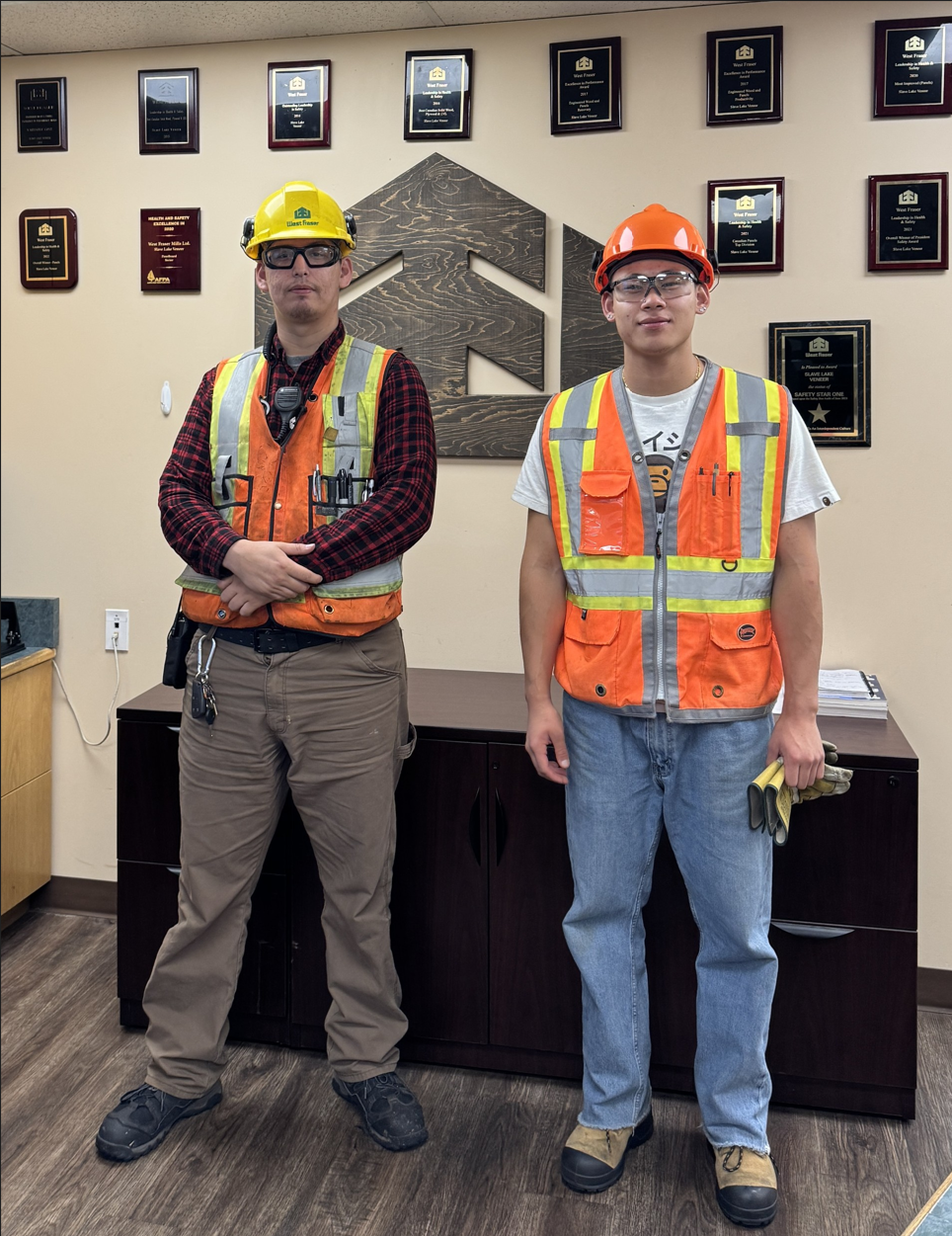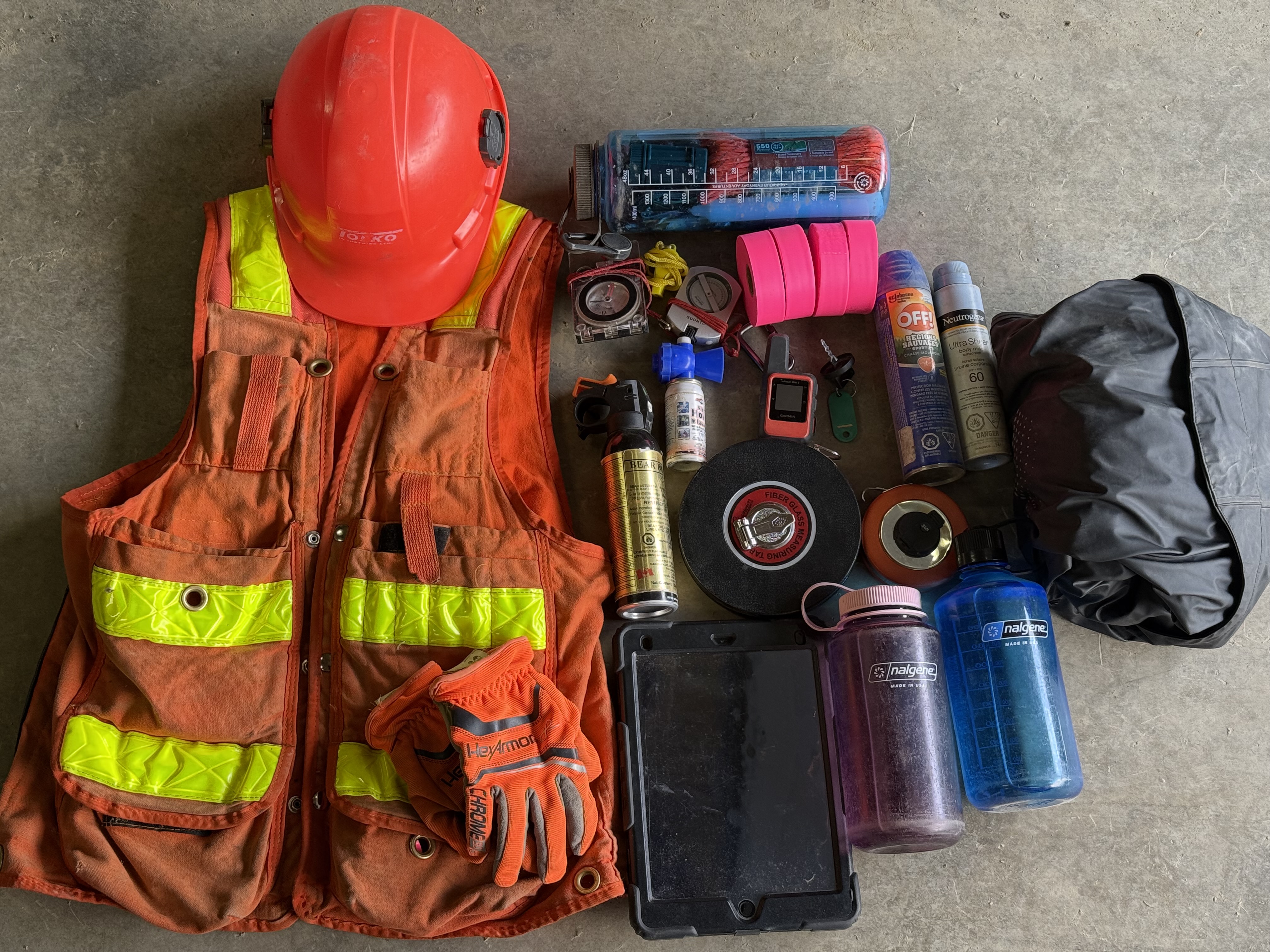What I Didn’t Expect to Learn
When I joined the forestry industry, I expected my summer to be filled with timber cruising, block layout, and harvest planning. And while those tasks certainly became part of my daily routine, I quickly realized that working on Canada’s Crown forests means managing more than just trees.
As I spent the summer navigating northern Saskatchewan’s woodlands, I came to see the forest as a shared space, one that holds meaning far beyond its economic value. What surprised me most weren’t the technical lessons I learned in the field, but rather the stories, insights, and values shared by cabin owners, recreational users, Indigenous land stewards, hunters, and trappers, people who have deep, generational ties to the land.
These conversations reshaped my understanding of forestry. They reminded me that sustainable forest management isn’t just about ecological balance, it’s about people, community, and connection.
Lesson 1: The Land Is Our Home — And It Calls Us Back
One cabin owner told me his life story, how he had traveled across Canada and experienced many incredible places for work. But no matter where life took him, he always came back to the same small cabin in the forest.
“This is home,” he said. “I always find my way back here.”
That conversation changed how I viewed my work. To him, the forest wasn’t a resource to be managed, it was a homeplace, full of memory, meaning, and identity. His story reminded me that forestry takes place on lands that hold emotional and cultural value for many people.
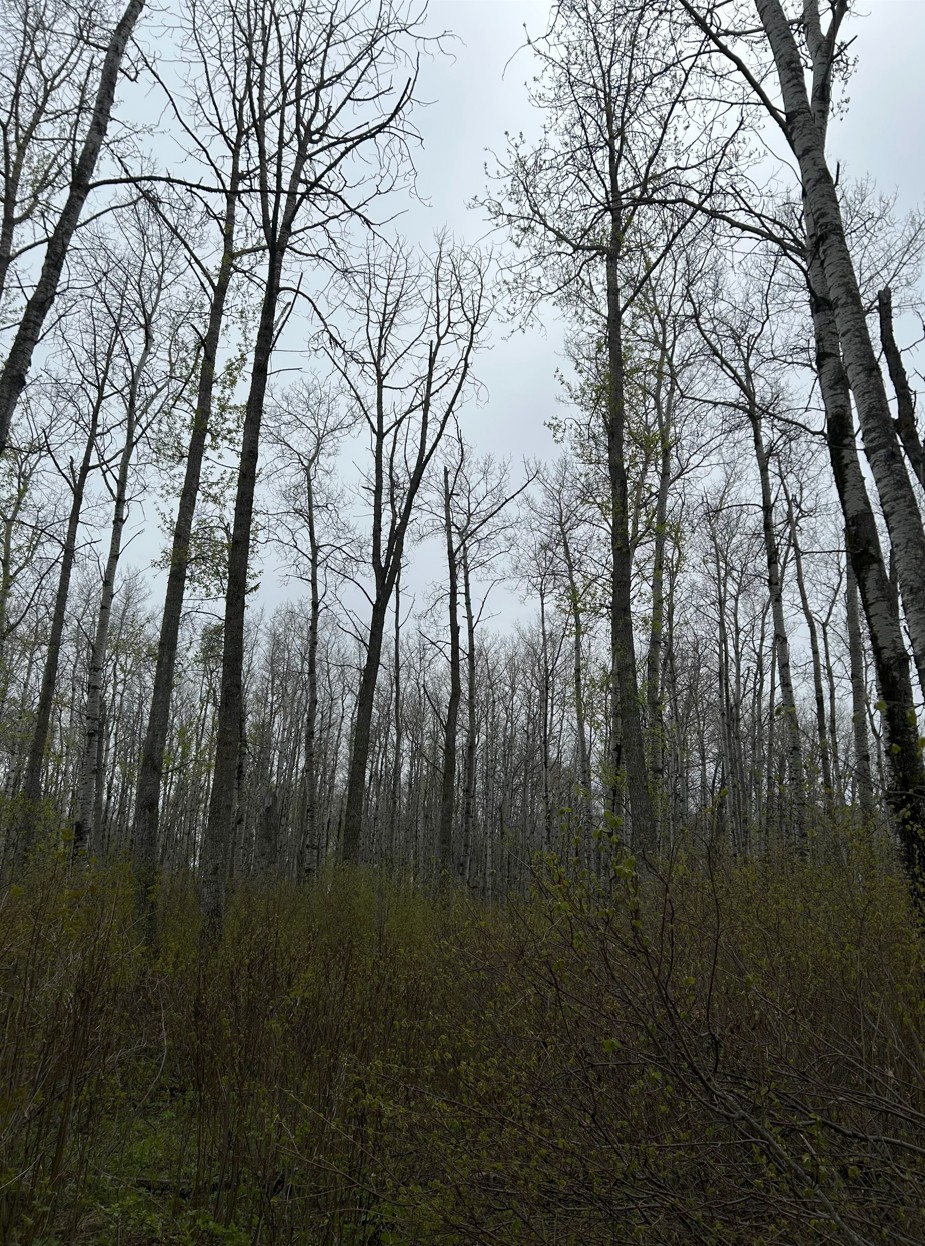
Lesson 2: Respect the Land and Its Inhabitants
Throughout the summer, one message echoed in every conversation: respect for the land and its wildlife.
While talking to a pair of hunters who had driven several hours to visit our region, I asked about their favorite part of the trip. Their answer surprised me.
“We’re just a couple of old guys who love to watch bears,” they said. “We don’t even care if we get one.”
That moment stayed with me. It highlighted a deeper truth, that many people don’t enter the forest for success or outcome, but for the experience itself. The forest isn’t just a workplace or a hunting ground, it’s a place where mutual respect between humans and nature flourishes.
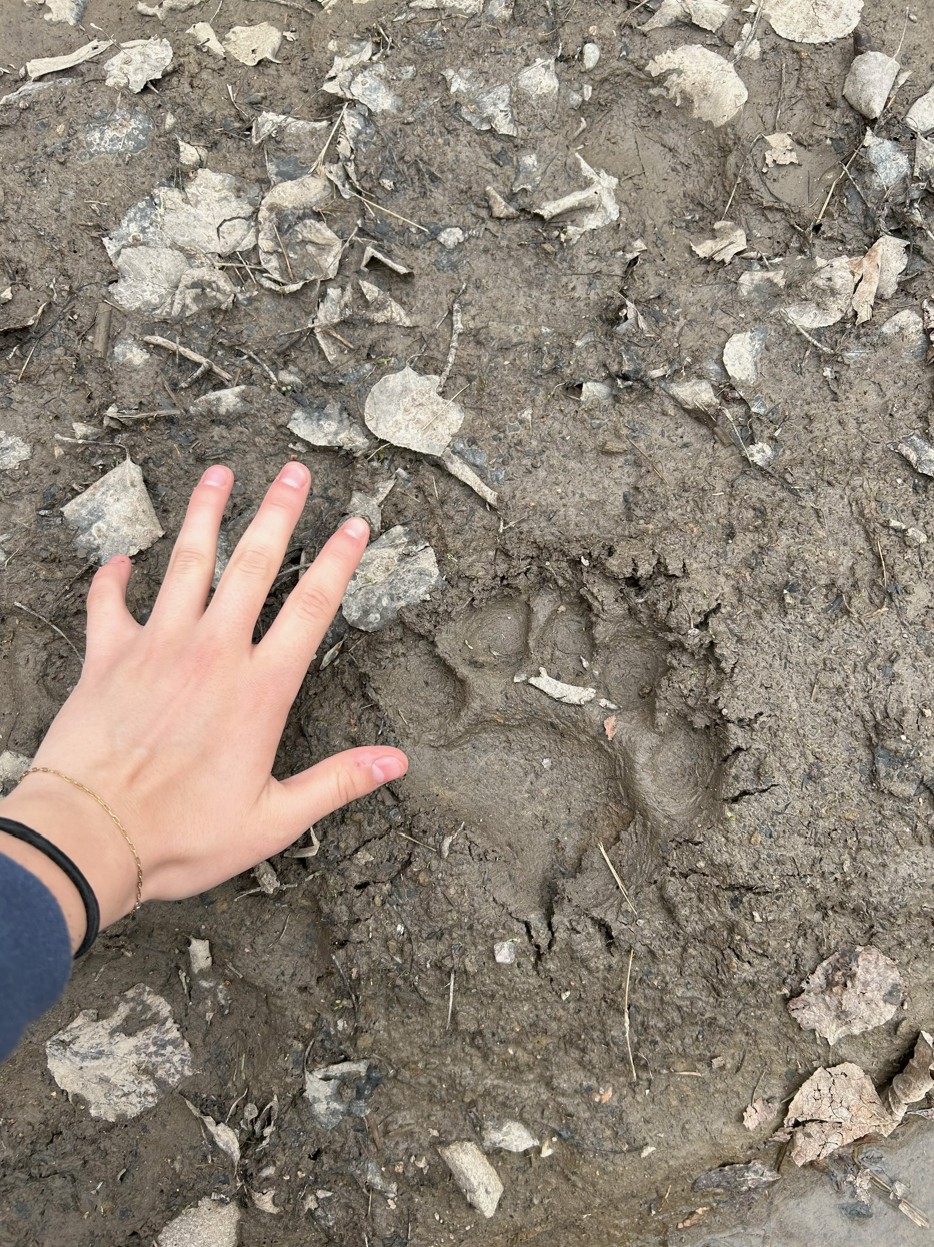
.jpeg)
Lesson 3: Recreation Connects Us — Across Seasons and Lives
One of the most powerful ways people connect to the forest is through recreation. Whether it’s fishing in the summer, hunting in the fall, or snowmobiling in the winter, these activities help people form lifelong bonds with the land and with each other.
Many of the cabins I encountered had been in families for generations. Owners shared stories of reunions, birthdays, and campfire memories that made the forest feel like a second home. These traditions transcend seasons and build intergenerational relationships with nature.
Forestry isn’t just about managing landscapes, it’s also about facilitating safe, sustainable access to the lands people love, and helping protect the social and emotional ties they hold.
.jpg)
Lesson 4: Forestry Is More Than Trees
Forestry often gets misunderstood as a threat to nature, but my summer experiences told a different story. Many of the people I spoke with understood the importance of active forest management, not just for economic value, but for ecological and community health.
They expressed support for our work mitigating wildfire risk by managing fuel loads and maintaining access roads. They appreciated our efforts to protect sensitive ecosystems, buffer water bodies, and enhance biodiversity through careful planning.
Their support reinforced what I’ve come to believe:
Forestry isn’t the opposite of conservation, it’s a necessary part of it.
.jpeg)
Shared Land, Shared Responsibility
The biggest lessons I learned this summer didn’t come from manuals or lectures, they came from conversations around cabin tables, dirt roads, and forest trails.
The forest is more than a landscape, it’s a home, a classroom, a gathering place, and most importantly, a shared responsibility. I’m grateful to have seen the depth of that responsibility reflected not only in the work we do, but in the voices of those who live closest to the land.
This summer, Weyerhaeuser taught me a great deal about forest science and management. But it was the people; the storytellers, the land users, and the quiet stewards of the woods, who helped me understand why our work matters.
.jpeg)



